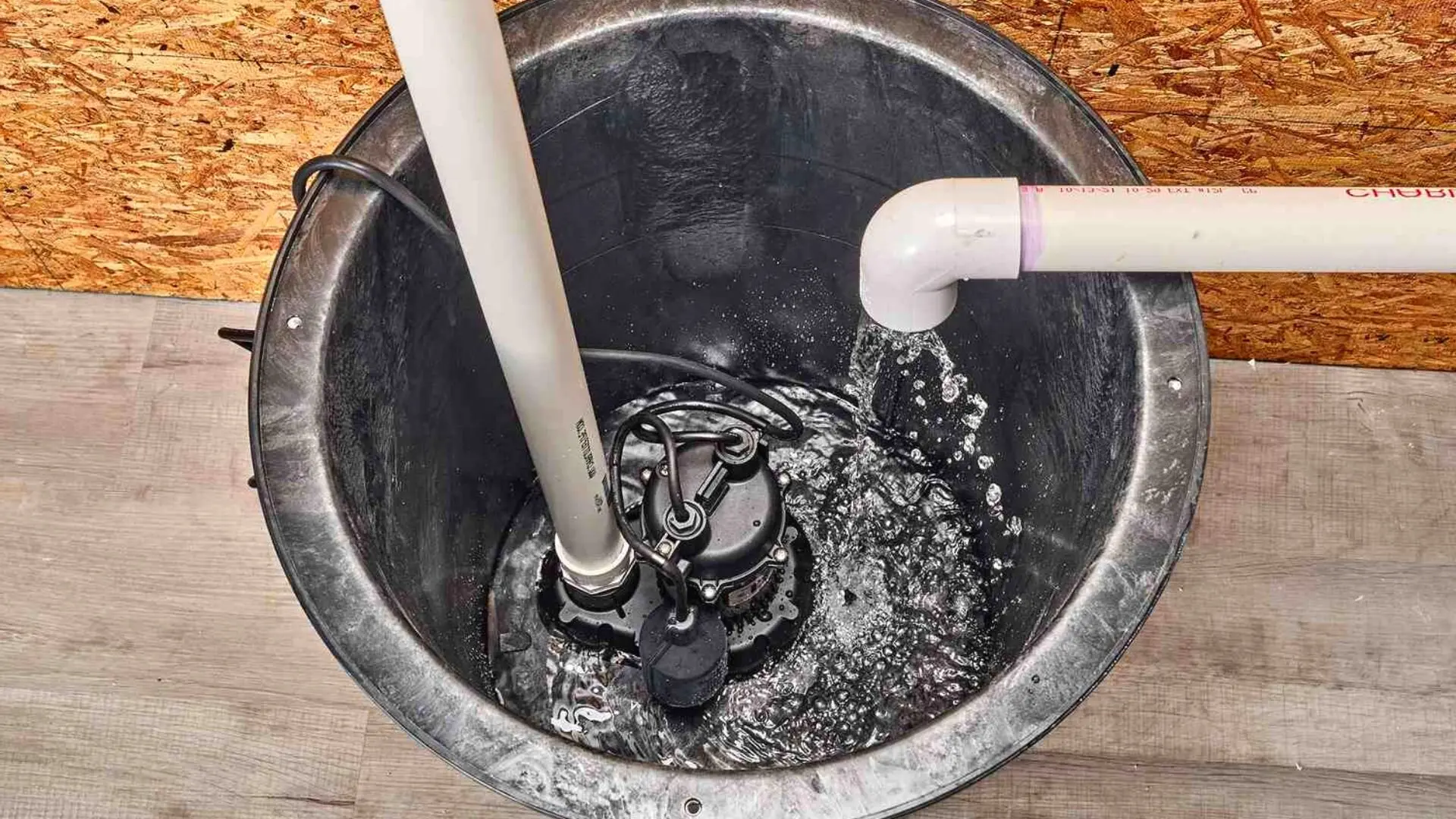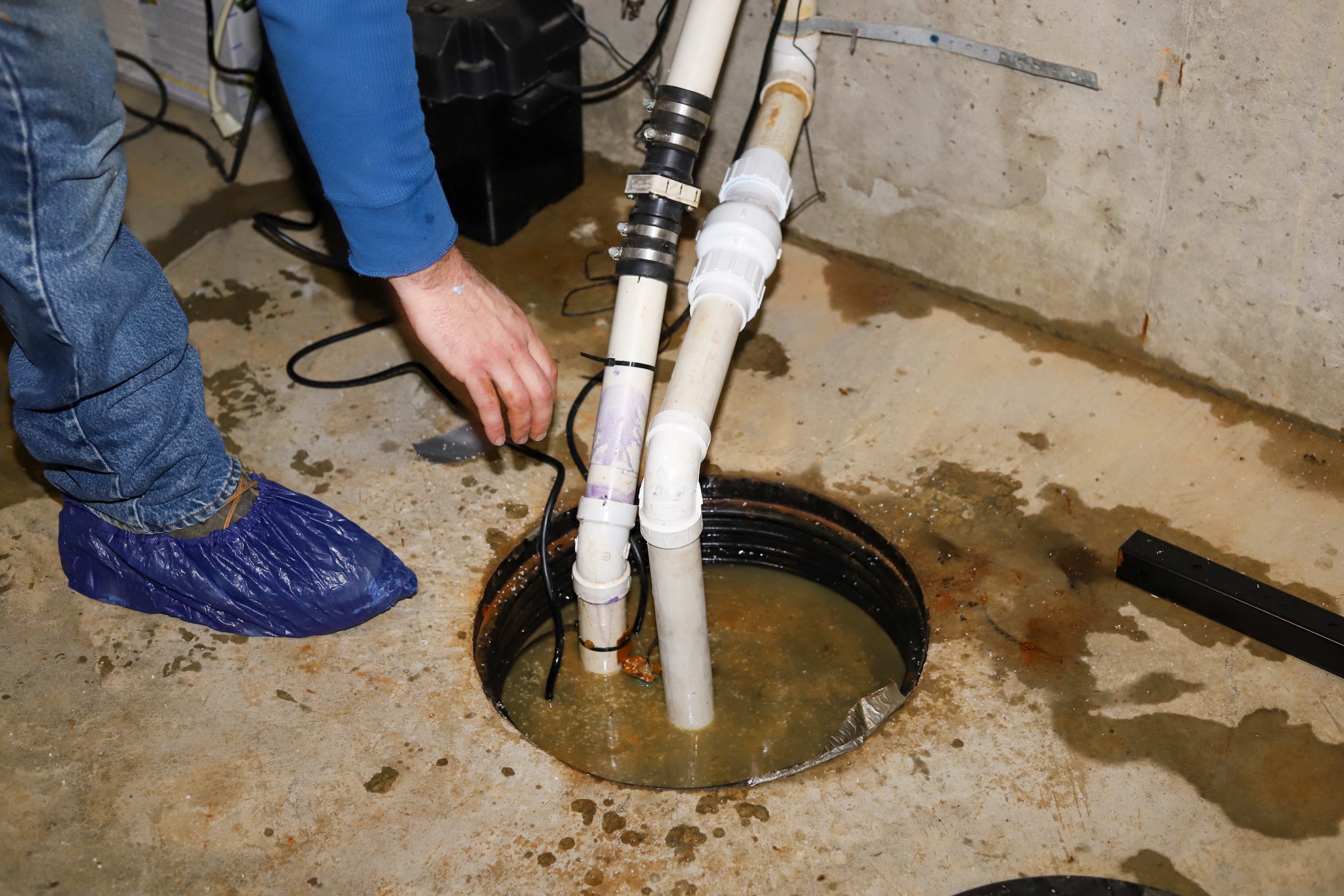Your Comprehensive Guide to Caring for a Sump Pump
Your Comprehensive Guide to Caring for a Sump Pump
Blog Article
They are making several great points regarding How to Care for Your Sump Pump as a whole in this article which follows.

Sump pumps are critical parts in numerous homes, specifically in locations vulnerable to flooding or too much moisture. They help stop water damages by successfully getting rid of excess water from cellars or crawl spaces. Nevertheless, like any other home appliance, sump pumps need routine maintenance to guarantee they work successfully when needed the most. Cleansing your sump pump is a vital part of its upkeep, and comprehending just how to do it effectively can save you from expensive repair work and possible disasters.
Intro
Maintaining a clean sump pump is essential for its appropriate performance and longevity. Ignoring this important task can lead to clogs, breakdowns, and inevitably, water damages to your property. For that reason, finding out how to cleanse a sump pump is essential for home owners who depend on these devices to maintain their cellars dry and secured.
Comprehending the Sump Pump
Before diving into the cleansing process, it's important to have a basic understanding of just how a sump pump works. Usually installed in a pit or basin listed below the cellar flooring, a sump pump consists of a number of essential parts, consisting of a pump, a float button, and a discharge pipe. When water collects in the pit, the float switch triggers the pump, which then pumps the water out with the discharge pipe, away from the structure's foundation.
Signs of a Dirty Sump Pump
Understanding when your sump pump needs cleaning is important for preventing potential breakdowns. Some usual indications that indicate a dirty sump pump consist of odd noises during procedure, lowered water flow, and visible debris in the pit. If you discover any one of these signs, it's important to clean your sump pump immediately to prevent any kind of further concerns.
Getting ready for Cleaning
Prior to you start cleansing your sump pump, it's important to take some security preventative measures. Begin by shutting off the power to the pump to prevent any electrical mishaps. Additionally, use proper protective gear, such as gloves and goggles, to secure yourself from dust, debris, and prospective virus.
Detailed Guide to Cleansing a Sump Pump
Turning off the Power
Begin by detaching the power supply to the sump pump to stop any kind of accidents while cleansing.
Eliminating Particles and Dirt
Use a bucket or an inside story to eliminate any kind of noticeable debris, dirt, or sediment from the sump pit. Dispose of the particles correctly to prevent it from obstructing the pump or the discharge pipe.
Cleansing the Pump and Float Change
Once the pit is clear of debris, thoroughly get rid of the pump from the pit. Inspect the pump and the float button for any kind of signs of damages or wear. Make use of a soft brush or cloth to clean the surface areas and get rid of any type of collected grime.
Purging the System
After cleaning up the pump and float switch, flush the sump pit with clean water to eliminate any staying dirt or sediment. This will certainly aid ensure that the pump operates smoothly and efficiently.
Checking for Appropriate Functioning
Prior to re-installing the pump, carry out a quick examination to ensure that the float switch turns on the pump properly. Pour some water into the sump pit and observe the pump's procedure. If whatever is working properly, you can reassemble the pump and reconnect the power supply.
Maintenance Tips to Keep Your Sump Pump Clean
In addition to regular cleansing, there are numerous upkeep pointers you can comply with to maintain your sump pump in optimal problem:
Verdict
Cleaning your sump pump is an essential element of its maintenance and makes certain that it operates successfully when you require it one of the most. By complying with the actions outlined in this overview and including normal maintenance into your regimen, you can prolong the life expectancy of your sump pump and secure your home from water damage.
6 STEPS ON HOW TO CLEAN A SUMP PUMP PROPERLY
UNDERSTANDING SUMP PUMPS
Your sump pump plays a crucial role in protecting your home by managing and removing excess water. It primarily functions as a “shield”, guarding your basement against the damaging effects of water accumulation. The pump is housed in a sump pit in the lowest part of your basement, and its job is to pump out any water that collects there.
During heavy rainfalls or when snow melts rapidly, water can infiltrate your basement, posing potential risks like flooding, structural damage, and harmful mold growth. Here, the sump pump springs into action, pumping out the intruding water and directing it away from your home.
SAFETY FIRST
Before cleaning, remember to prioritize safety. Disconnect the sump pump from the power source to prevent any accidental electric shocks. Also, wear sturdy gloves to protect your hands from any sharp or dirty components within the pump.
REMOVE THE SUMP PUMP
After ensuring your safety, the next step is to remove the sump pump from its pit. Doing this might require careful maneuvering as you don’t want to damage any pump components. Once removed, clean the sump pit to remove any accumulated debris or sludge.
INSPECT THE PUMP
Inspect the pump for any visible signs of wear or damage. Check the power cord, float switch, and impeller housing. If any components look worn out or damaged, consider replacing them to ensure optimal performance.
CLEAN THE PUMP
Thoroughly clean the pump with warm, soapy water. Make sure to rid it of any dirt, gravel, or other debris that might impede its performance. You can use a toothbrush to clean the small, hard-to-reach parts of the pump.
REINSTALL THE SUMP PUMP
Reinstall the pump into the sump pit Make sure it’s positioned correctly to remove the water effectively Once it’s back in place, reconnect it to the power source TEST THE PUMP
Finally, pour some water into the pit to ensure the pump works correctly. It should start automatically and begin pumping out the water; if it doesn’t, check the power source and the positioning of the pump.
Remember, while cleaning your sump pump is an essential part of home maintenance, hiring a professional plumber for a thorough inspection and cleaning at least once a year is also important. This will ensure that your pump is in optimal condition, ready to protect your home from potential water damage.
BEST PRACTICES FOR CLEANING SUMP PUMP DISCHARGE PIPES
Regular Inspection: Regularly inspect your discharge pipes, especially during heavy rainfall or snowmelt periods. Look for any signs of blockage or damage. Early detection of problems can prevent serious issues down the line. Periodic Cleaning: Over time, sediment and debris can accumulate in the discharge pipes, impeding the flow of water. Regular cleaning helps keep the pipes clear and functioning efficiently. You can use a high-pressure water jet to effectively clean the pipes. Insulation During Winter: In colder climates, discharge pipes can freeze, blocking the outflow of water. Protect your discharge pipes from freezing temperatures by insulating them with foam pipe insulation. This will ensure the sump pump can continue to discharge water even in freezing conditions. Proper Positioning: The discharge pipe should be positioned to direct water away from your home’s foundation. Improper positioning can lead to water seeping back into the basement. Ensure the pipe is long enough and angled correctly. Installation of a Check Valve: A check valve prevents water from flowing back into your sump pit after the pump has pushed it out. Installing a check valve helps maintain the efficiency of your sump pump and reduces the risk of flooding. Minimize Pipe Turns: Every curve or turn in the discharge pipe can decrease the efficiency of water flow. By minimizing turns and bends in your discharge pipe, you can increase the efficiency of your sump pump. https://www.fullspeedplumbing.com/how-to-clean-a-sump-pump-properly9999/

Do you really like reading up on Keep Your Sump Pump Clean, It'll Keep You Dry? Make feedback down the page. We would be glad to know your thinking about this entry. In hopes to see you back again before long. I beg you take the time to promote this content if you enjoyed it. Thank you for your time spent reading it.
Call Today Report this page